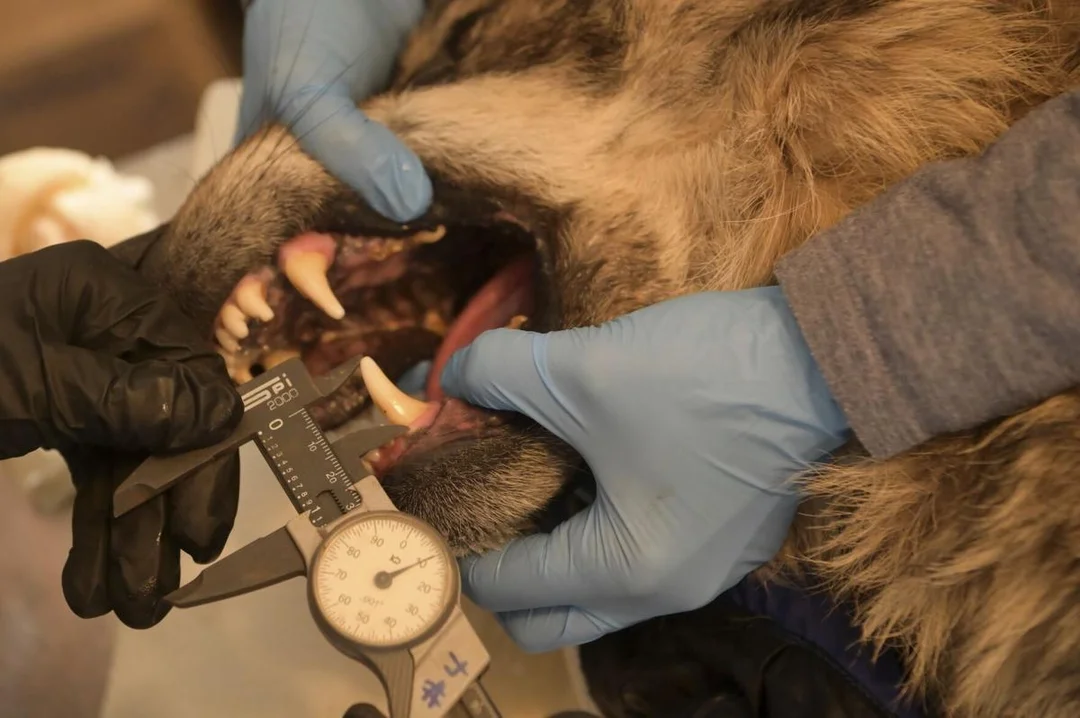
The Mexican Gray Wolf’s Comeback: A New Chapter in Wildlife Recovery
In a remarkable turn of events for wildlife conservation, the Mexican gray wolf—once teetering on the brink of extinction—has staged an inspiring recovery across the mountains of Arizona and New Mexico. As surveys reveal a thriving population after decades of effort, this achievement signals hope not only for the species but also for the fragile balance of the Southwest’s ecosystems.
The latest annual count by federal and state wildlife managers spotlights encouraging numbers: at least 286 Mexican gray wolves now roam free, an 11% increase over last year, and the ninth consecutive year of growth for this endangered subspecies—the smallest of all gray wolves in North America. Wildlife biologists used trail cameras, aerial surveys, and radio tracking to log each wolf, ensuring every animal received health checks and vaccinations before returning to the wild. Such rigor underscores the commitment behind the recovery program launched in 1998, when only 11 zoo-raised wolves were released into the wild. Today, 60 family packs wander the region, and more than half of the young born in 2024 survived their crucial first year. “This year’s count shows the recovery of Mexican wolves is inching forward,” the Associated Press noted on the program’s momentum.
But numbers only tell part of the story. The growing population is a testament to decades of collaboration—bringing together the U.S. Fish and Wildlife Service, local partners like ABQ BioPark, and conservationists on both sides of the U.S.-Mexico border. The ABQ BioPark, for instance, has become a lifeline for injured wolves, offering advanced veterinary care and rehabilitation. Stories abound of pups suspected of heart murmurs cleared to rejoin their packs, and of injured wolves healed and released back to their families. As Director Brandon Gibson explains, “The ABQ BioPark continues to lead with compassion, expertise, and a deep commitment to New Mexico’s native land and species.”
The return of the Mexican gray wolf conveys more than just resilience—it restores an ecological balance. As apex predators, these wolves help control deer and elk populations, safeguarding native plants and other wildlife in the region. Healthy wolf populations also spur ecotourism, providing economic benefits to rural communities through wildlife watching opportunities.
Yet this hard-won progress is not without threats. Environmentalists warn that recent federal funding cuts and staff shortages could risk unraveling years of meticulous work. The recovery plan, with its $203 million price tag over 25 years, survives through continued public, governmental, and scientific backing. Helping maintain genetic diversity, over 350 wolves remain in protected breeding programs in the U.S. and Mexico, ready to support wild populations through cross-fostering and careful reintroduction.
The story of the Mexican gray wolf is one of cautious optimism—a rare, living symbol of what collaboration and perseverance can achieve. As the new behind-the-scenes Mexican Wolf Conservation Facility at ABQ BioPark nears completion, the future seems brighter for “el lobo.” How far can this recovery go, and what lessons might it hold for saving other endangered species?
What do you think of the Mexican gray wolf’s journey and the efforts behind their revival? Share your thoughts and continue the conversation below.